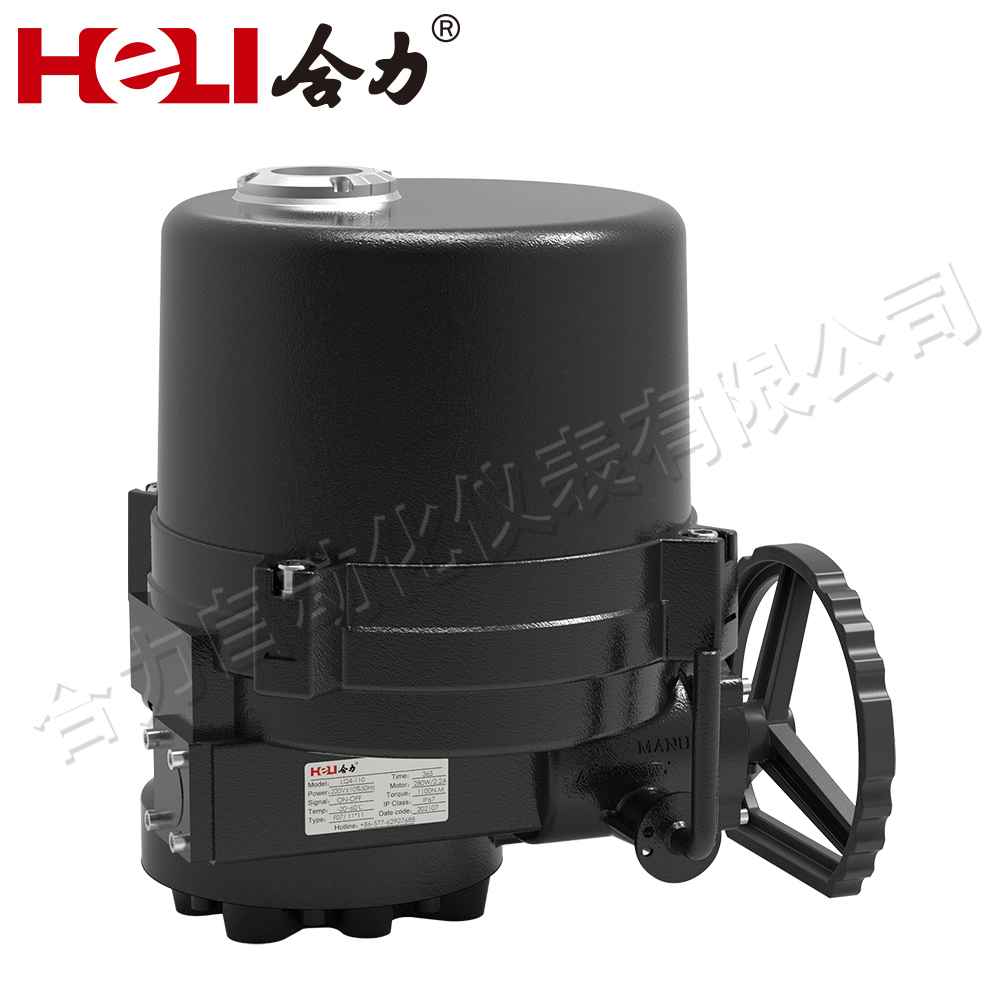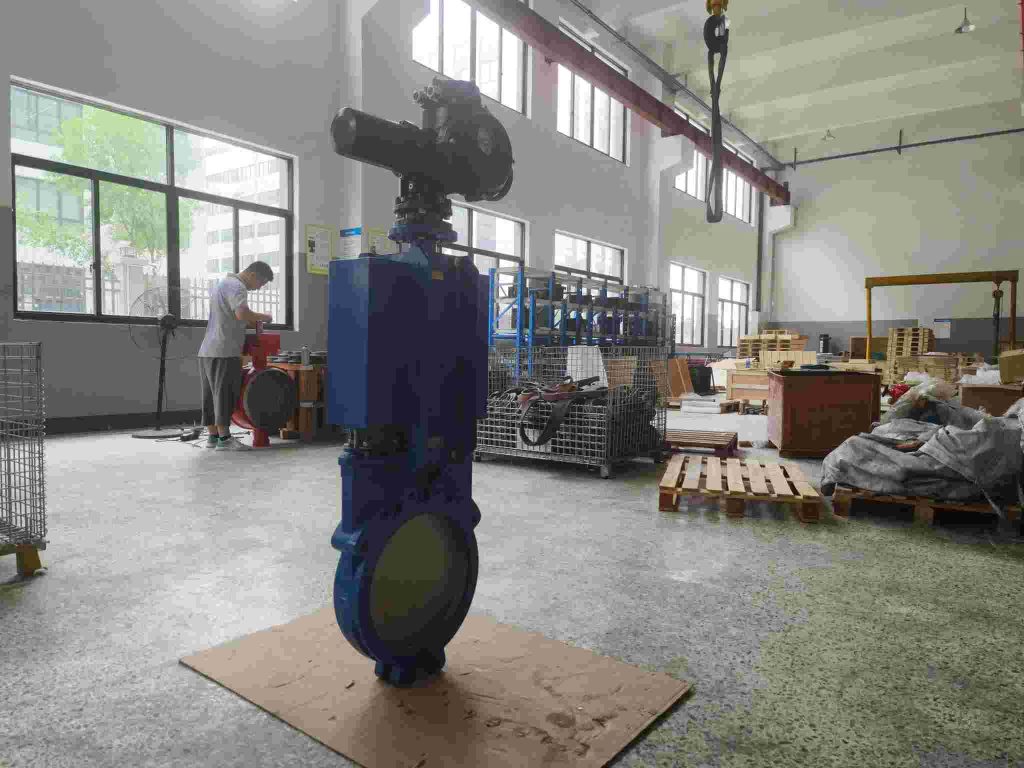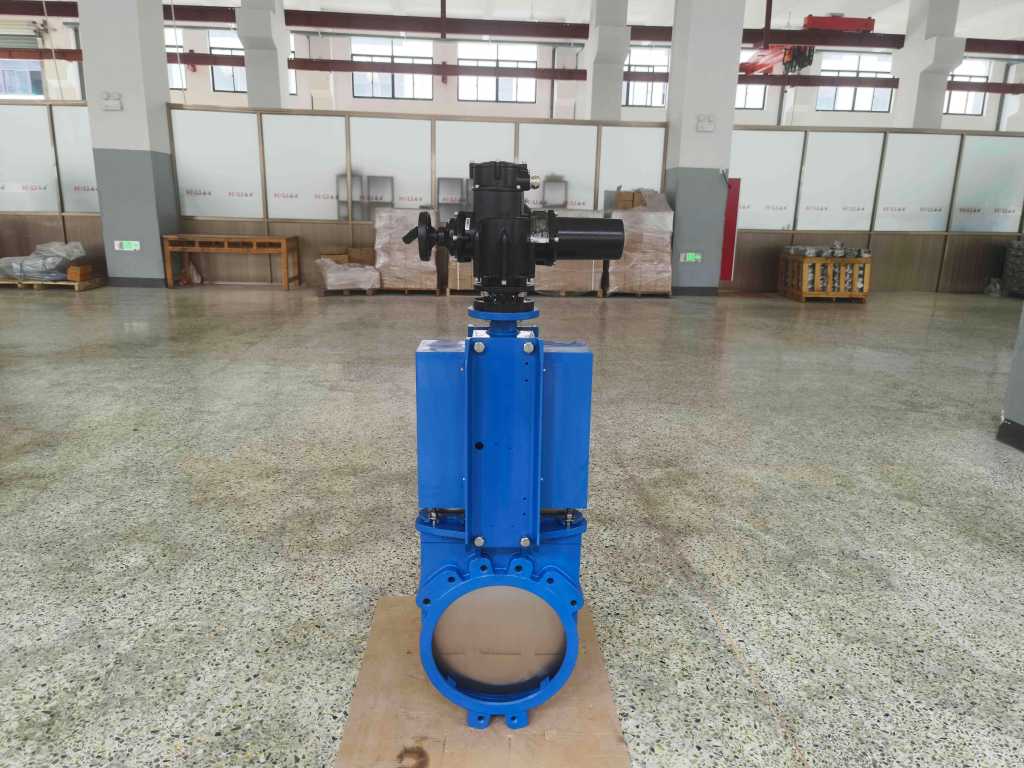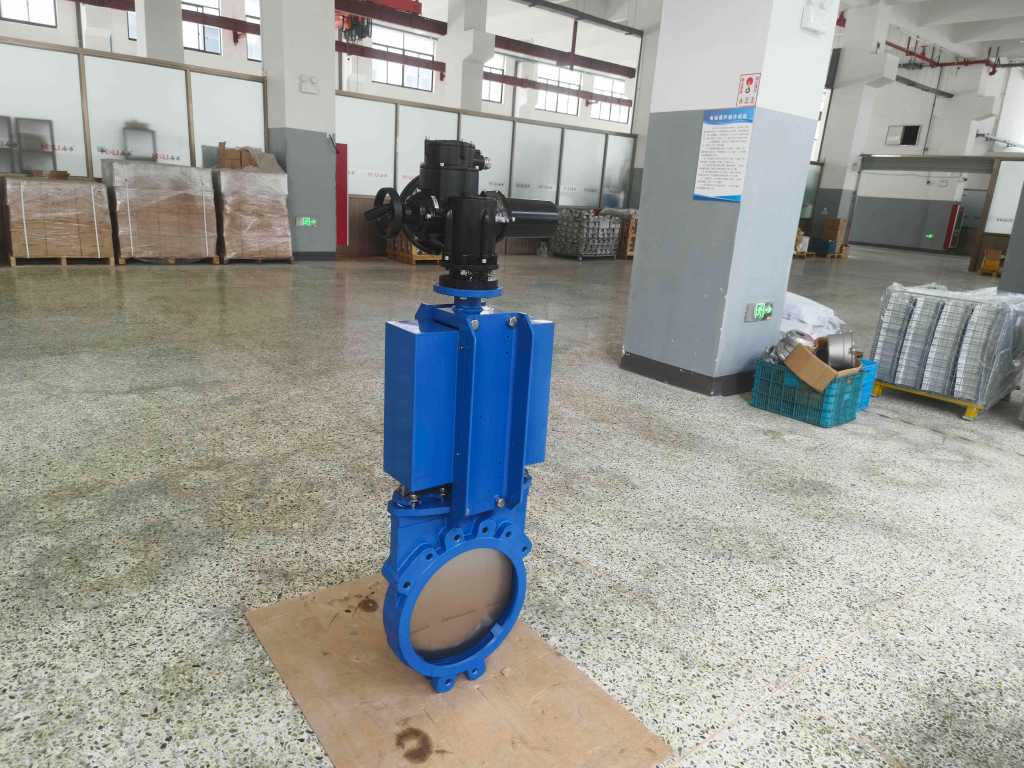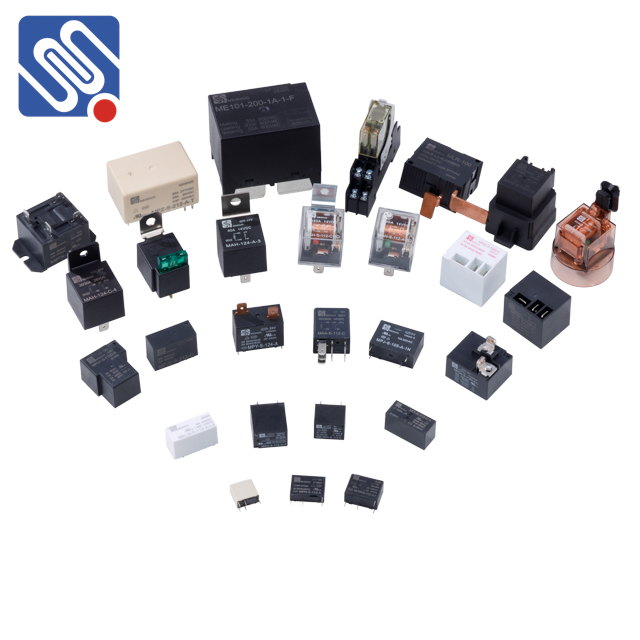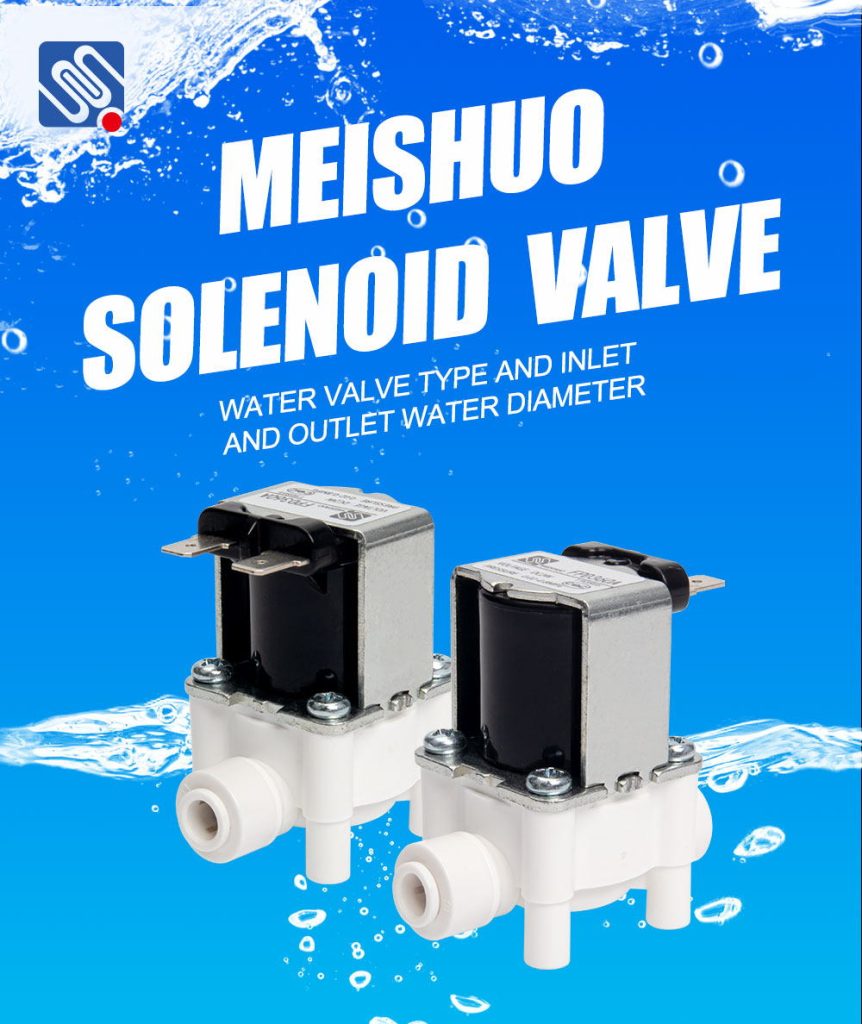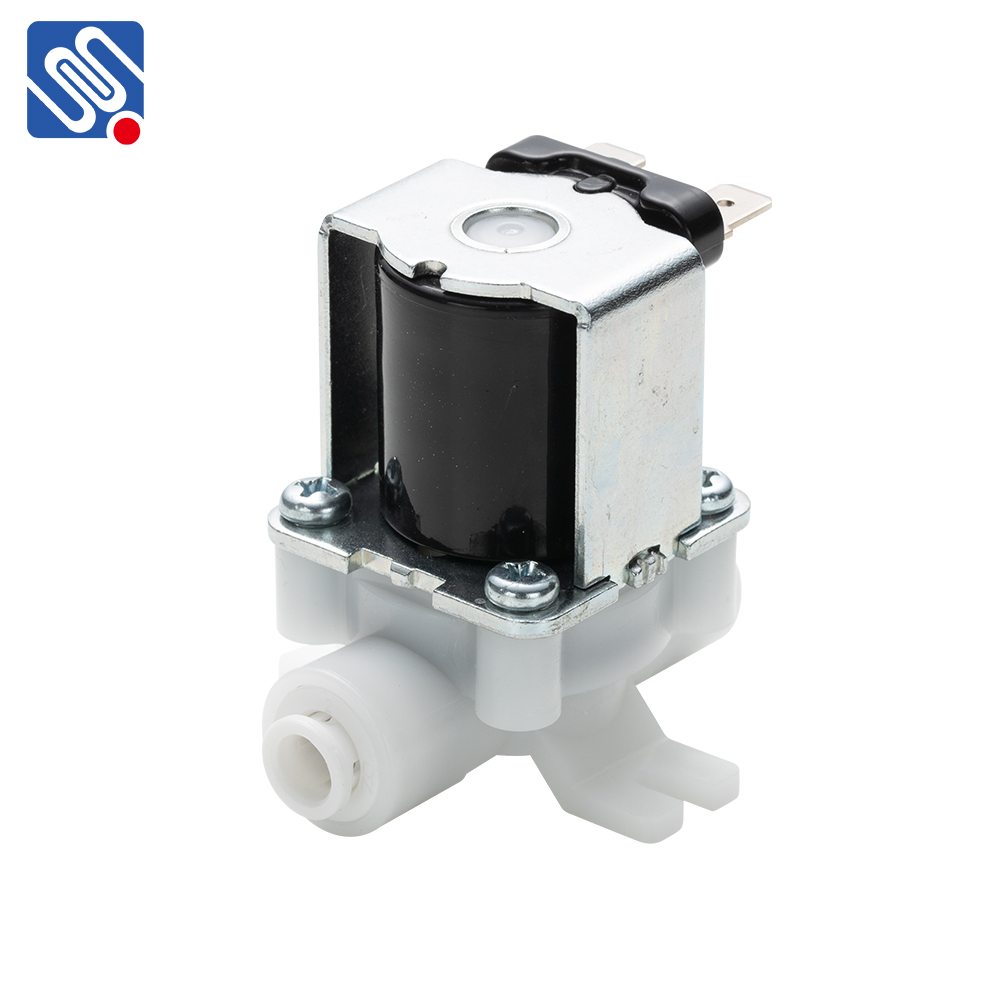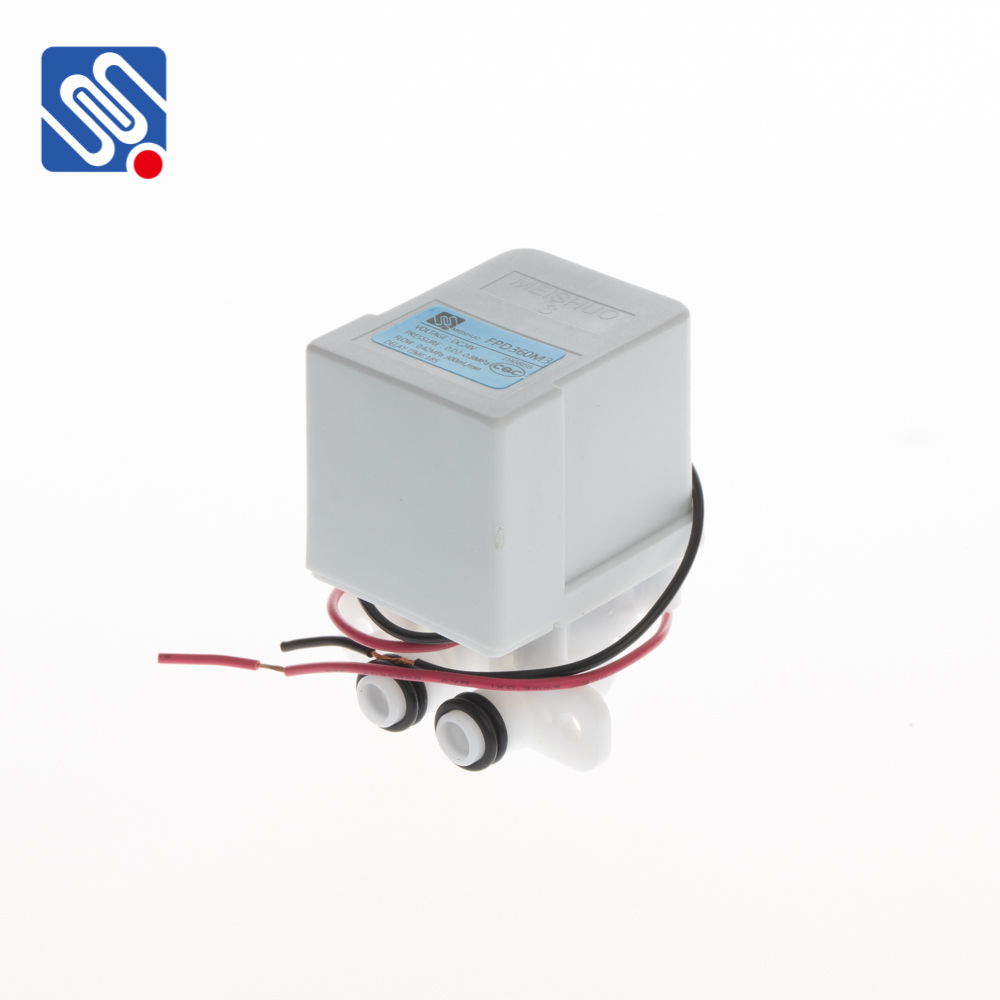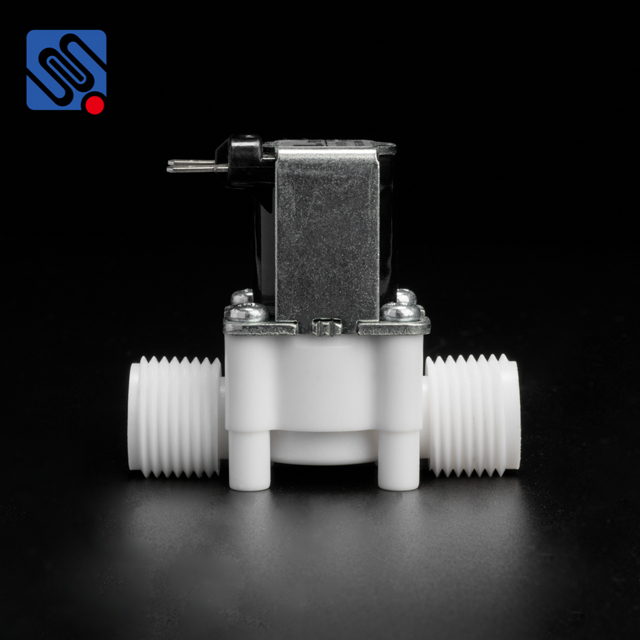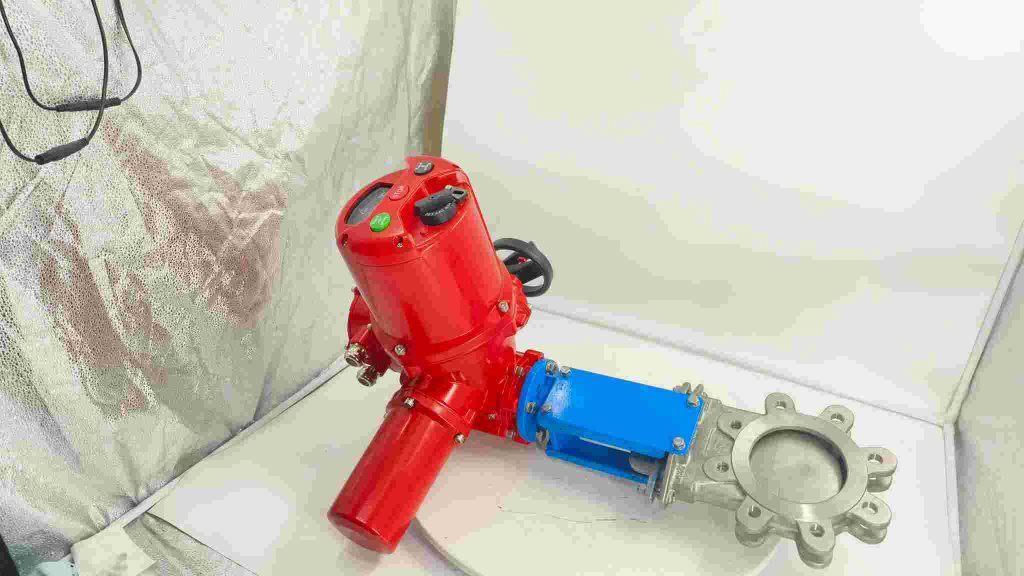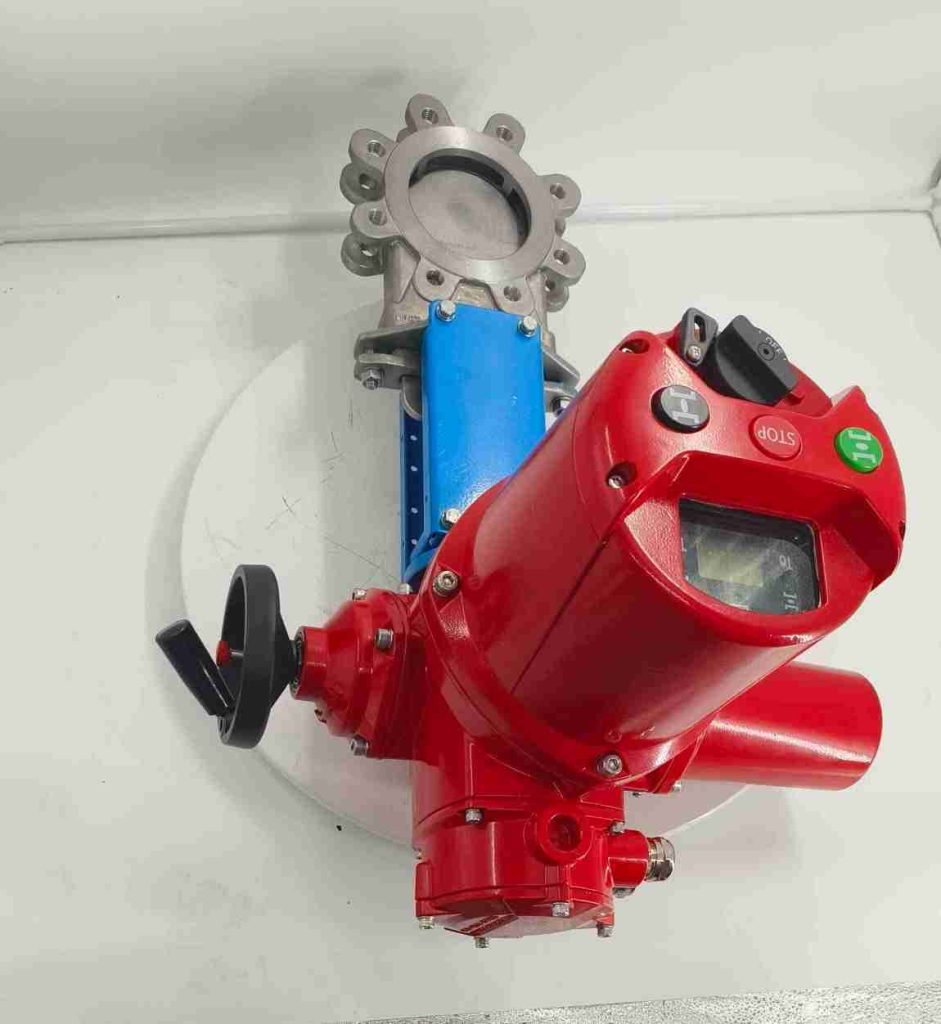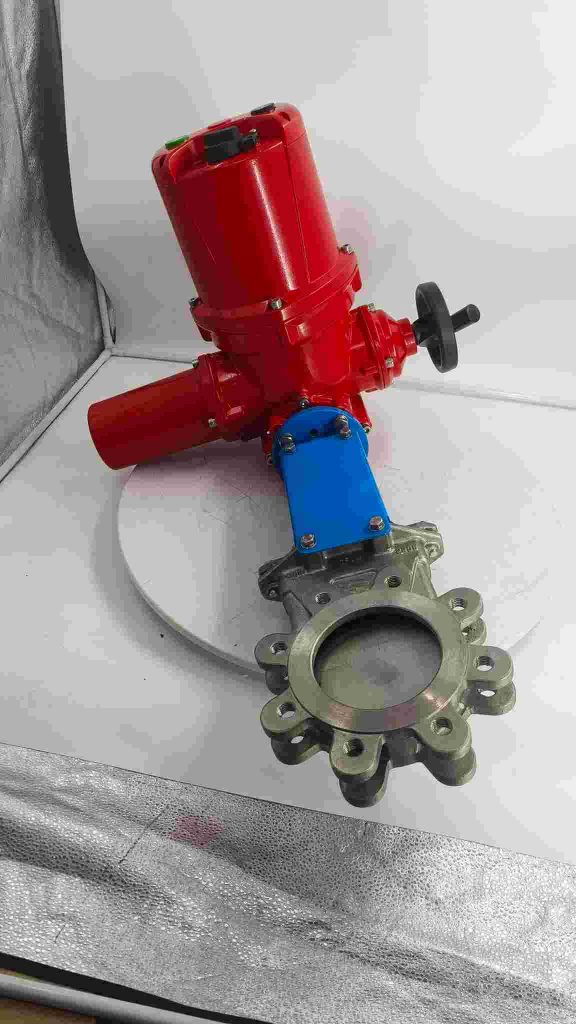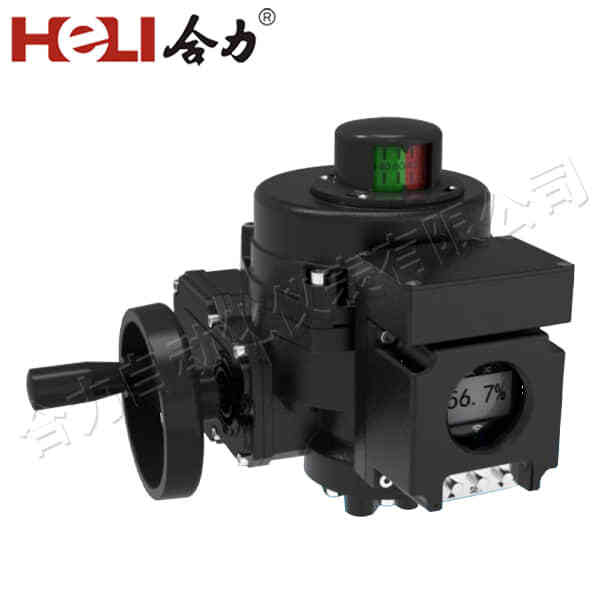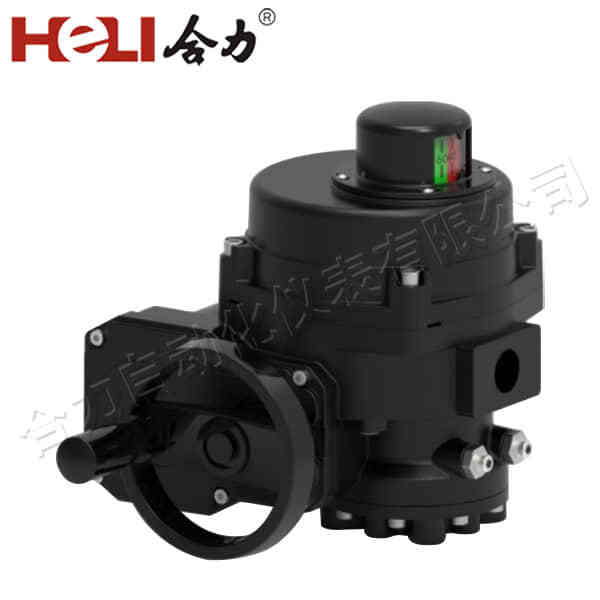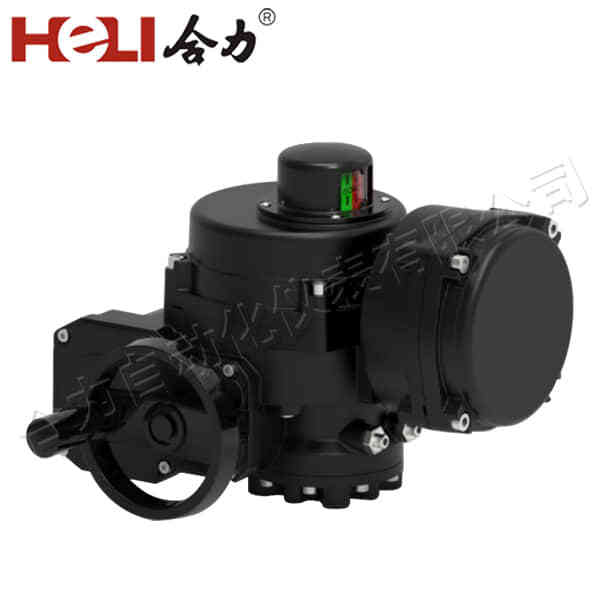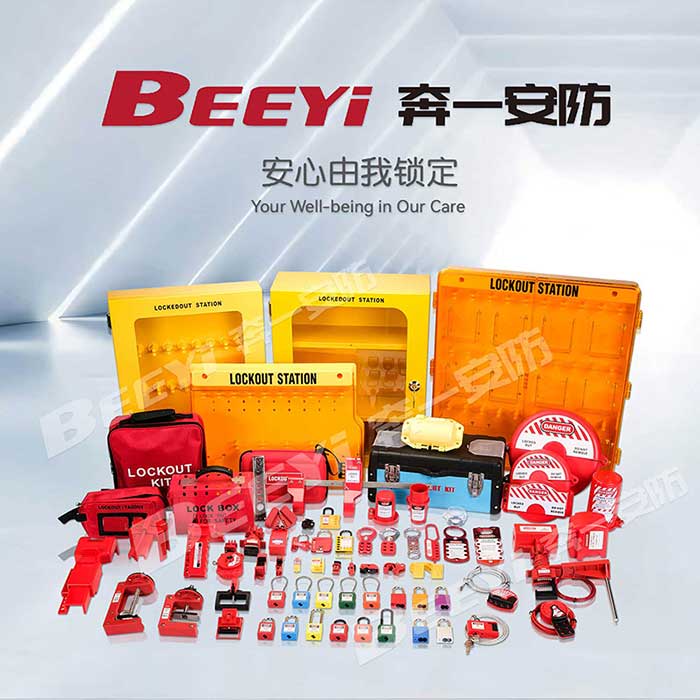In today’s rapidly evolving technological landscape, automation is becoming an integral part of industries ranging from manufacturing and robotics to automotive and marine applications. A significant innovation in this field is the development of Lithium battery waterproof electric actuators. These actuators offer a unique combination of energy efficiency, precision, and resilience, making them ideal for a variety of challenging environments. This article delves into the workings, advantages, applications, and future prospects of these remarkable devices.
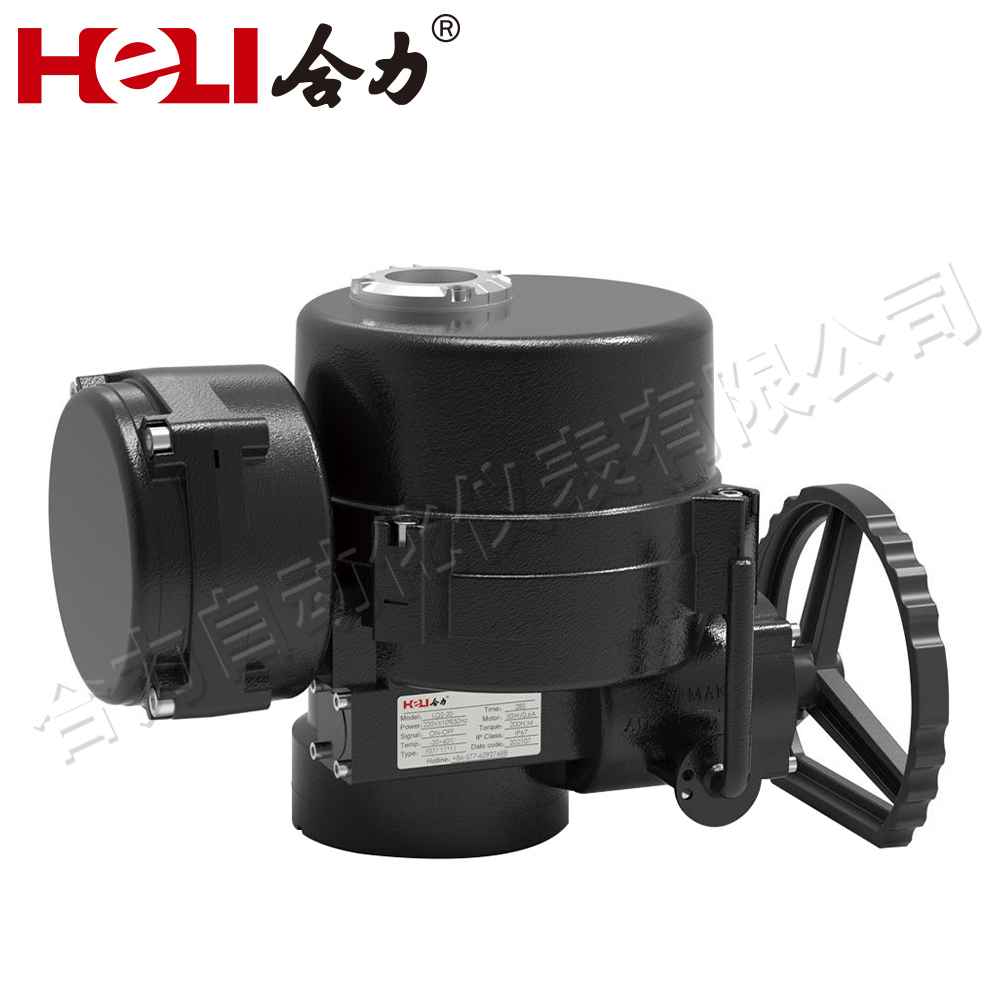
What is a Lithium Battery Waterproof Electric Actuator?
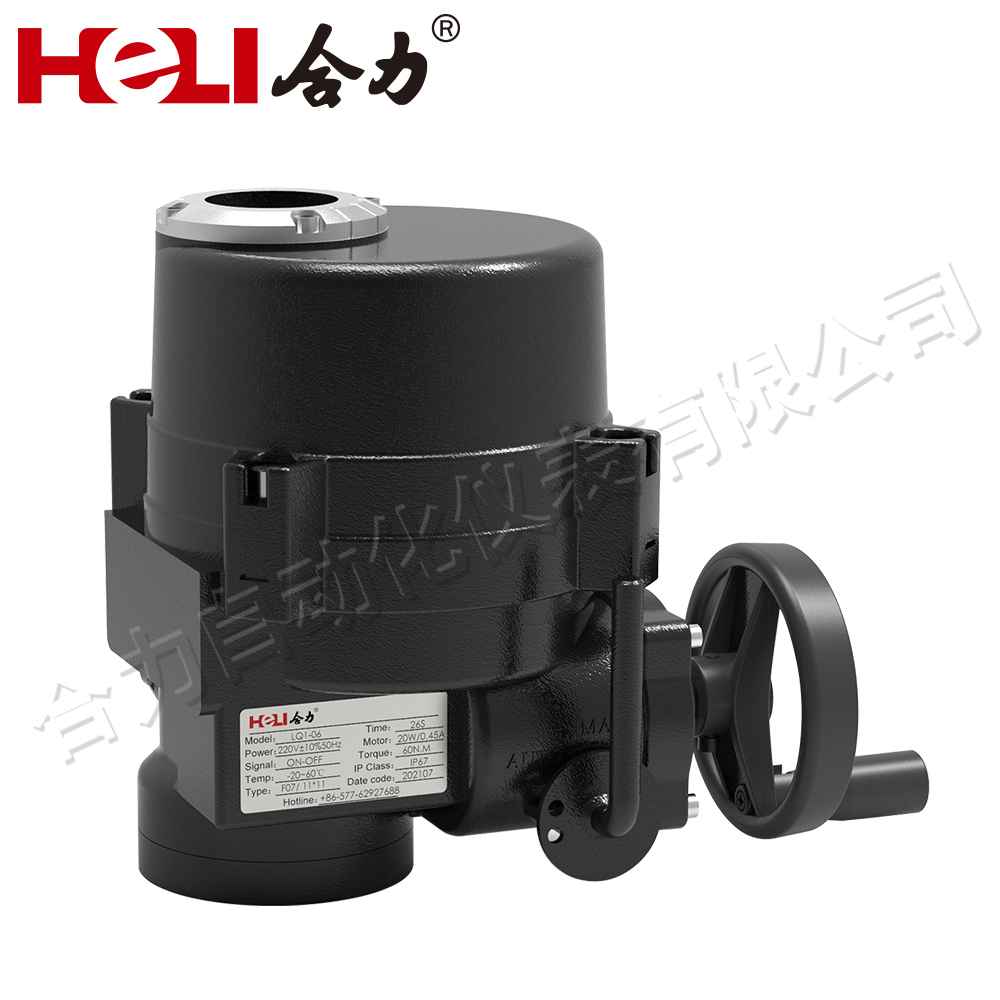
A lithium battery waterproof electric actuator is an electromechanical device that uses an electric motor powered by a lithium battery to produce motion, typically linear or rotary. Unlike conventional actuators, which rely on hydraulic or pneumatic systems, electric actuators offer more precise control, smoother operation, and greater reliability. The added waterproofing feature ensures that these actuators can function in environments where water exposure is a concern, protecting the internal components from moisture damage. Lithium batteries are favored for their superior energy density, longer cycle life, and relatively low weight compared to other battery technologies, making them a perfect power source for such actuators. The actuator is designed to withstand harsh weather conditions, ranging from rain to complete submersion, depending on its IP rating (Ingress Protection).
